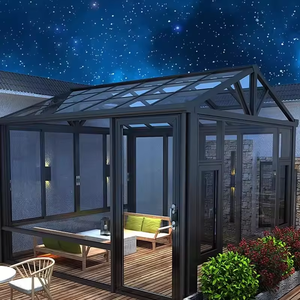Introduction to Greenhouse Plans
Greenhouse plans are essential for anyone seeking to cultivate plants, vegetables, or flowers in a controlled environment. These structures offer a fantastic way to extend the growing season, protect crops from adverse weather, and promote optimal growth conditions. Crafting a greenhouse from well-thought-out plans can significantly enhance gardening productivity, regardless of the size or type of plants being nurtured.
Types of Greenhouse Plans
When considering greenhouse plans, it’s essential to understand that various types cater to different gardening needs, climate conditions, and available space. Each greenhouse type has its unique set of characteristics and advantages:
- Low Tunnel Greenhouses: Ideal for beginner gardeners, this simple structure utilizes low frames covered with plastic to protect crops.
- Lean-To Greenhouses: Built against an existing wall, these structures maximize limited space and are excellent for small backyards.
- Gable Greenhouses: Featuring a peaked roof design, this is the most common shape, allowing for effective drainage and maximizing sunlight exposure.
- Dome Greenhouses: These offer excellent heat retention and are visually appealing, providing unique cultivation experiences.
- Glass Greenhouses: Offering superior light transmission, they are a premium choice that often aligns with aesthetic garden designs.
Applications of Greenhouse Plans
Greenhouses are versatile structures with a vast array of applications. Each type of greenhouse plan opens up opportunities for specific gardening projects.
- Year-Round Gardening: With greenhouse plans, gardeners can cultivate plants throughout the year, defying seasonal limitations.
- Propagating Plants: These structures facilitate the propagation of young plants in a controlled environment that is perfect for germination.
- Research and Education: Schools and universities often utilize greenhouses for botanical studies, enabling hands-on learning experiences.
- Commercial Production: Greenhouses serve as ideal settings for commercial horticulture, enabling growers to maximize output and gain higher returns.
- Aquaponics and Hydroponics: Innovative greenhouse plans allow for integrated systems where plants and aquatic life can thrive side by side.
Features and Advantages of Greenhouse Plans
Choosing the right greenhouse plans comes with numerous features and advantages that enhance the overall growing experience:
- Optimized Climate Control: Greenhouses provide the ability to regulate temperature, humidity, and light, maintaining ideal conditions for plant growth.
- Pest and Disease Protection: By using greenhouse plans, you effectively shield plants from pests and diseases, resulting in healthier produce.
- Efficient Use of Space: With custom plans, gardeners can maximize their available space, making it a great solution for urban gardening.
- Increased Yield: Controlled environments often lead to healthier plants and, consequently, larger yields—making it better for profit margins in commercial contexts.
- Energy Efficiency: Some advanced greenhouse plans incorporate sustainable materials and designs aimed at reducing energy consumption.



















































































































































































































